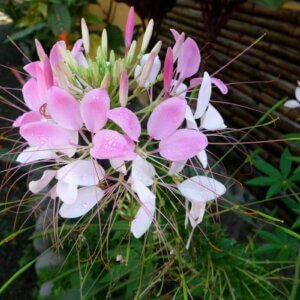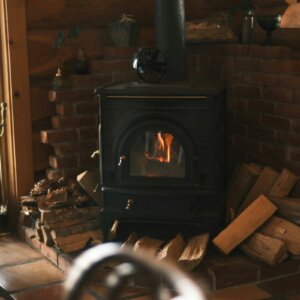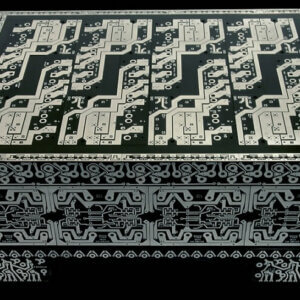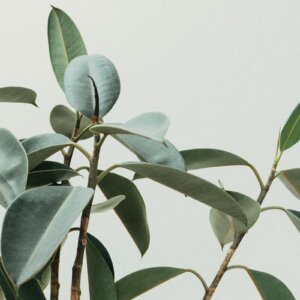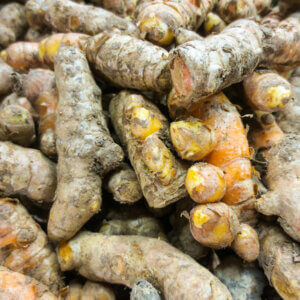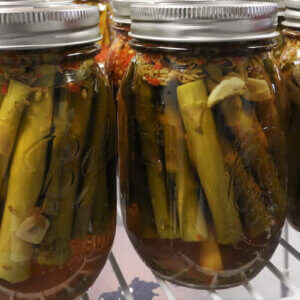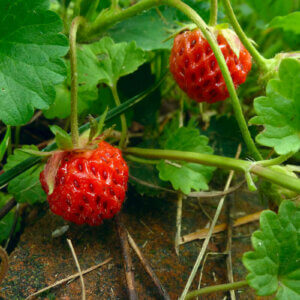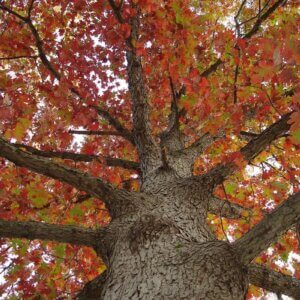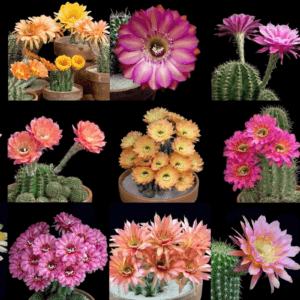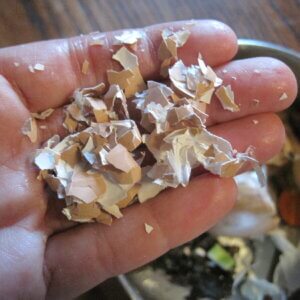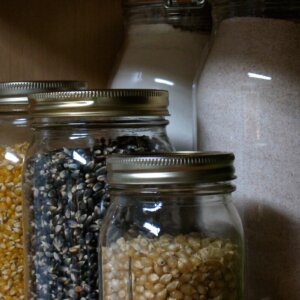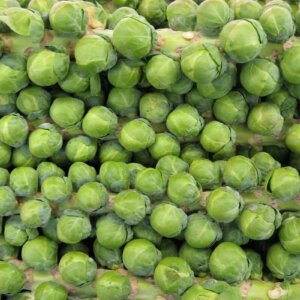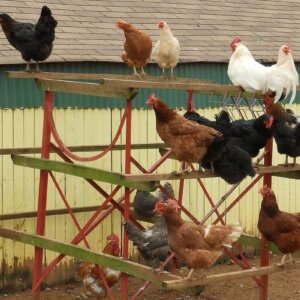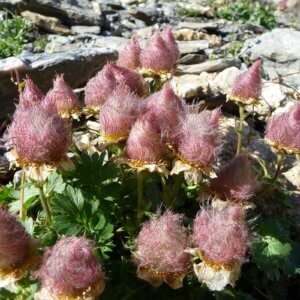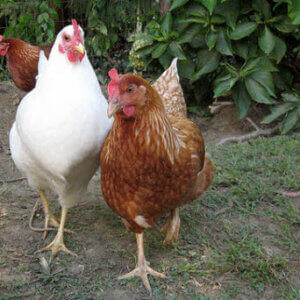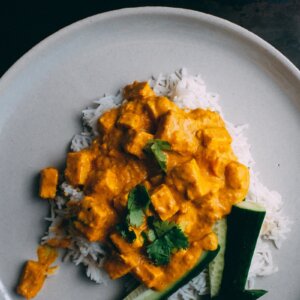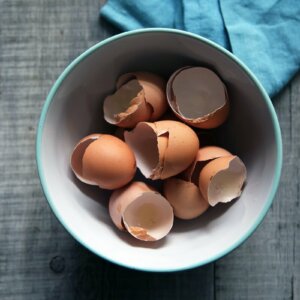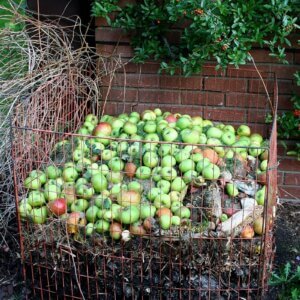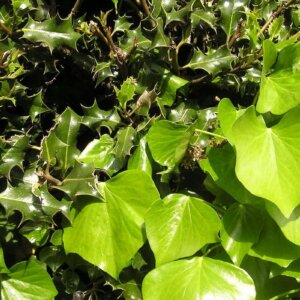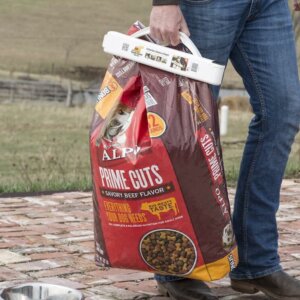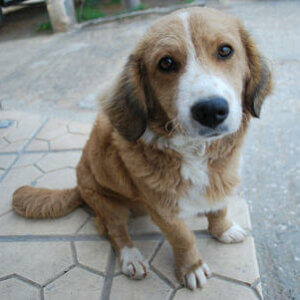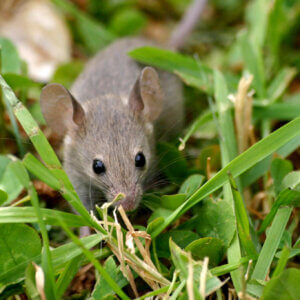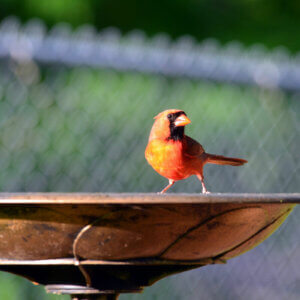
- Purpose: Ornamental/Pet, Meat
- Eggs: Brown, Purple-Brown
- Egg Size: Large
- Color: Black
- Comb Type: Single
What has long, silky black or white feathers, lays eggs that are as purple as plums, and is one of the most ancient breeds of chicken?
If you answered Croad Langshan, you are not only a chicken nerd, you are right! These large, gentle Chinese birds entered the western scene along with the Brahma and Cochin in the 1870’s, and have been impressing ever since.
Susceptible to the same problem as all large chickens, be sure that the roosts for your Croad Langshans are not too high.
A heavy landing from a height may damage their legs. Also, though they are gentle, heavy hens may accidentally trample eggs or chicks in cramped conditions.
Their gentle, non-aggressive nature may be appealing to humans, but might result in them being the low bird on the totem pole in a mixed flock.
The best way to prevent unnecessary spats is to house your Langshans with other calm-natured chickens, like the Speckled Sussex or Australorp.
Characteristics
The first thing you may notice about the Croad Langshan is its height. The impression is accentuated by the breed’s long legs, high tail, and regal disposition. Then you may be impressed by their friendly, calm disposition.
Finally, once you visit the coop, you may be astonished to find a handful of what looks like fruit in the nesting basket! Though they don’t lay that particular color all the time, these birds are capable of producing unique, purple-brown eggs with a white bloom over top that is unmistakably similar in appearance to a plum.
Hens are caring mothers and may start laying eggs as early as 7 months old.
Some Langshans have feathered feet, and as with all feather-footed chickens, they may require extra attention in inclement weather. Check your birds during wet or cold conditions to make sure their feet aren’t clogged with mud or ice.
What’s the Yield?
Though smaller than the Brahma and Cochin with whom they made an entrance to the west, Croad Langshans are still large birds, and produce a lot of meat. The cockerels usually weigh in at over 9lbs, and the hens reach a heavy 7.5lbs.
Hens are also capable of laying from 180 to 240 of their large, purpley-brown eggs. As far as dual purpose birds go, if you have the space, these friendly fowl may be some of your favorites. If they win your heart and not your stomach, they are also quite long-lived for large birds. You can expect a pet Langshan to reach 10 years old easily!
Langshans Amok!
If you are interested in breeding Croad Langshans for an exhibition, you may need to grab an aspirin. Sorting through the widely-varying standards and all the different “types” can be quite a headache!
Croad Langshans were named for U.K Major F.T. Croad, the first to import them from Langshan district China. They are distinct from the three other recognized type of Langshans by the “U” shape that is created between their long tail and tall head.
Pictures Of Croad Langshan Chickens
Resources
- Poultry, Rare Breeds Survival Trust
- Langshan, Poultry Hub
- The Breed, Croad Langshan
- Croad Langshan, Poultry Keeper
- Croad Langshan, Backyard Chickens
- Croad Langshan, Aviculture
- The Croad Langshan Club, Croad Club Site
- Langshan, Livestock Conservancy
- Croad Langshan, Rare Breeds Survival Trust
- Croad Langshan, Appleton’s
- Croad Langshan, Bellerive Poultry
- Croad Langshan, Poultry Keeper Forum
- Langshans, Feathersite
- Our Rare Breeds, Eggucation
- Langshan, Henderson’s Handy Dandy Chicken Chart

